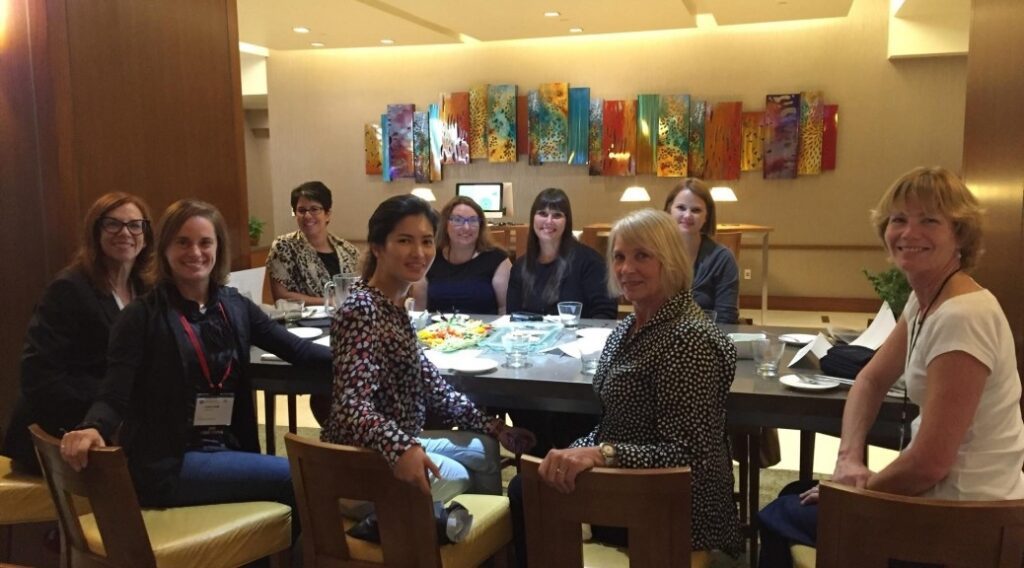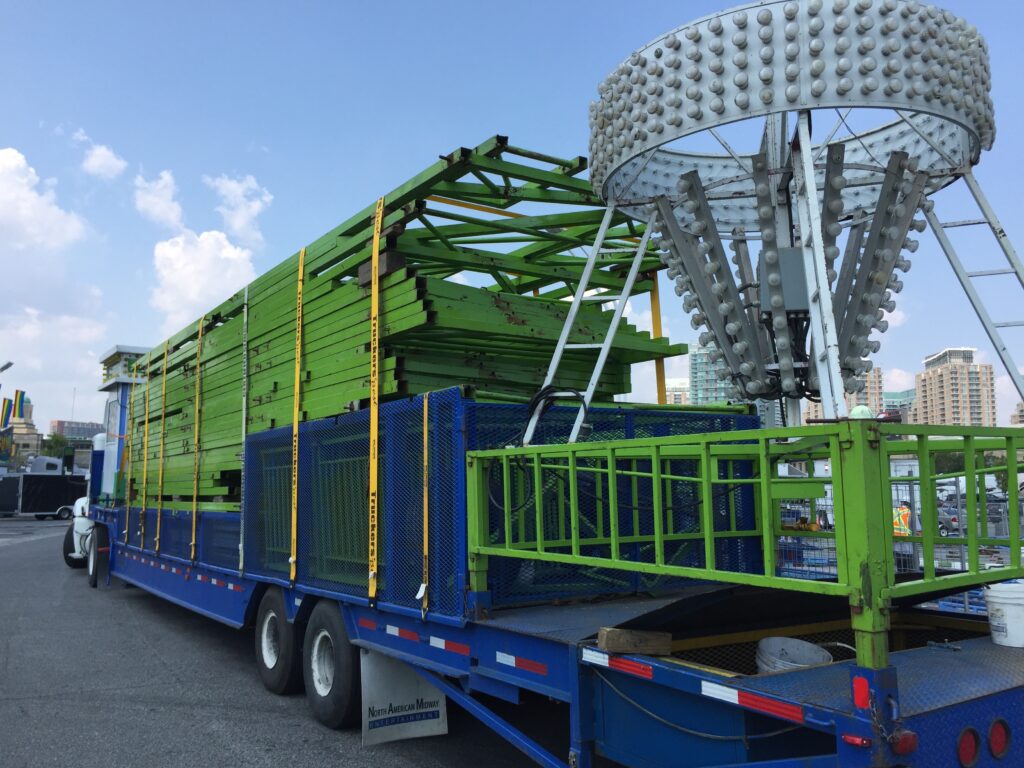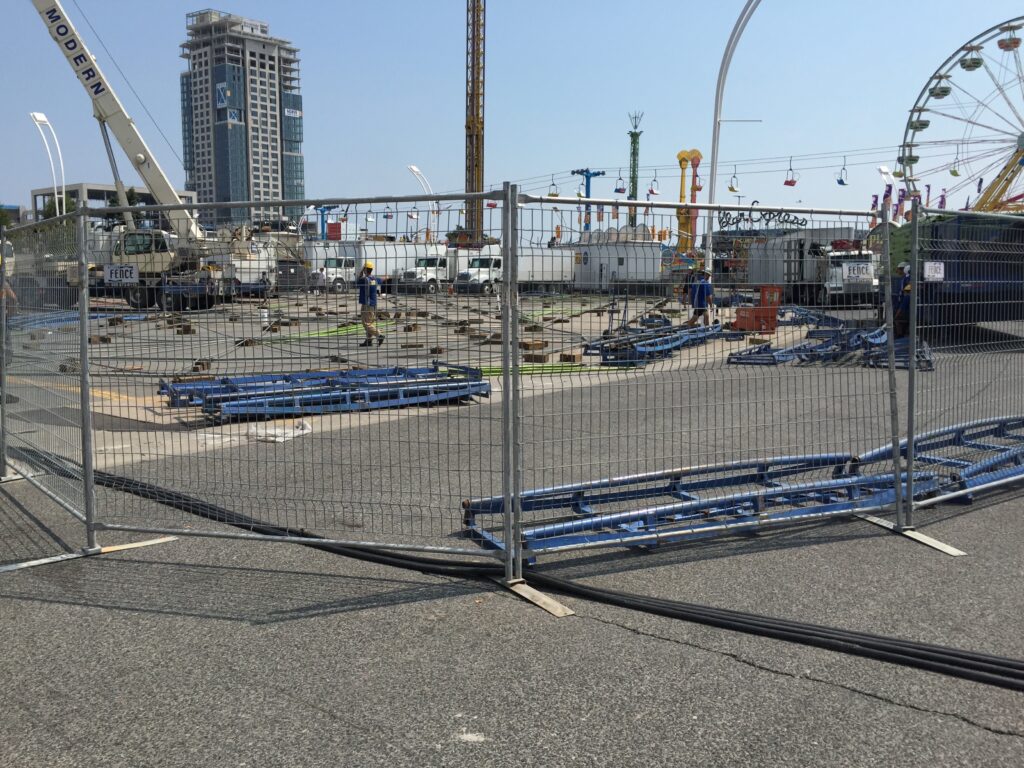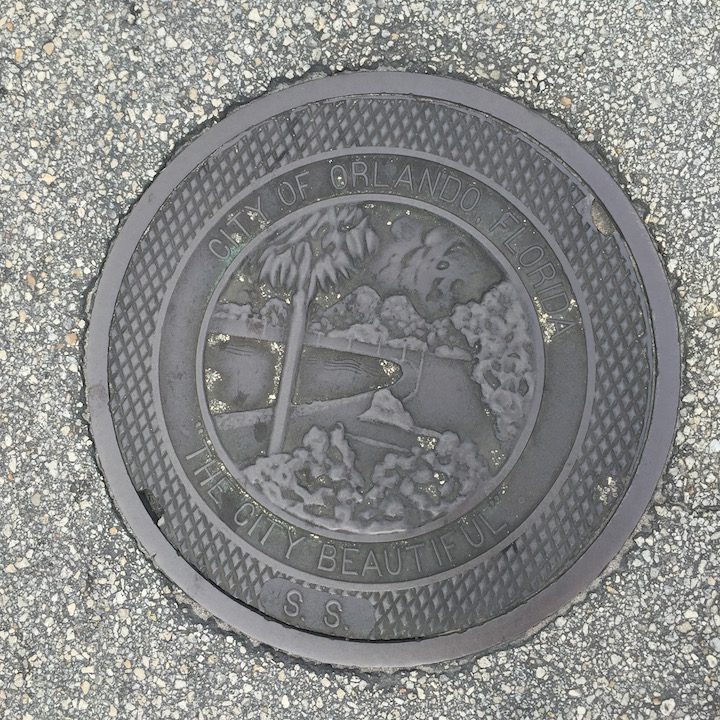
There are many people involved in setting standards that make amusement rides and devices safe. The ASTM F24 standards are used in 19 countries, and counting. The committee has almost 900 members, and holds meetings three times annually. Meetings held in USA have almost 300 people participating in multiple concurrent sessions, literally poring over language used in standards to ensure that people following the standards will interpret the requirements as intended.
Continue reading “Who makes attractions safe?”



